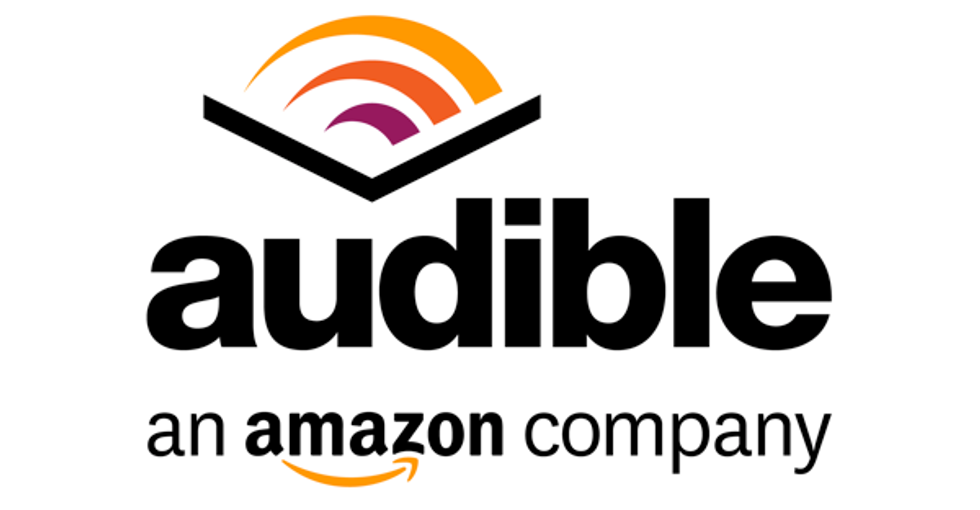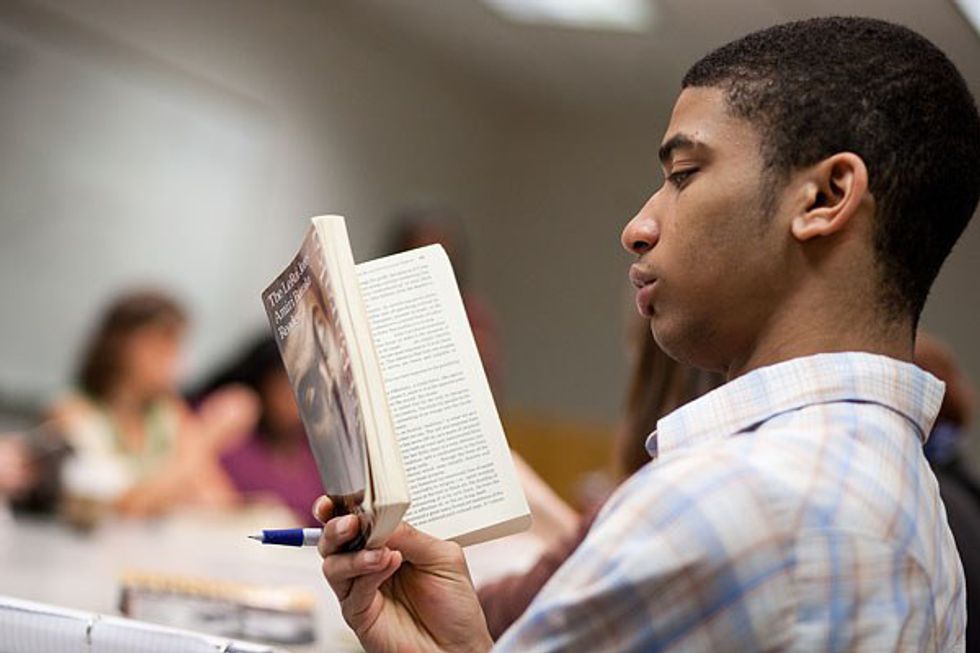As I continue to study toward becoming an English teacher, I am always trying to think of ways to further engage students’ interest in reading. Many students dread English class because they are forced to read “dry” literary classics.
On the contrary, most of these stories aren’t dull at all; the problem lies in that students haven’t been taught how to properly approach reading material they are unfamiliar with. This is why Shakespeare and books like "The Scarlet Letter" can be so off-putting.
Many times, students don’t have a clue of how to understand what is actually going on in the book, and so they mentally shut down in frustration. Also, many students are predisposed to disliking literature because they haven’t had positive experiences or motivation to read before. Whether you’re a student who doesn’t care much for school, or whether you’re an honors student, I’m going to give you three tips that will not only make reading class books easy, but enjoyable!
1. Sparknotes, Cliffsnotes, etc. Use them!

I bet you’re pretty surprised to hear me say that! Teachers are always regurgitating the same lines: “Don’t use Wikipedia. Don’t use Sparknotes.” Yeah, yeah, we get it. Now, I’m not encouraging you to read the Sparknotes of a book, and then ditch reading the book altogether. You will definitely find yourself in a pickle then! Most teachers are going to require that you write at least one paper based on each book you read. Sparknotes is not going to give you the proper page number to cite from your physical book, so don’t even try to squirm out of actually reading.
What I mean by use Sparknotes, Cliffsnotes and all those good sites is that these resources will provide great information on what is happening in the book, and what to look out for while reading.
Two great YouTube series are Thug Notes and Crash Course: Literature. Thug Notes really got me into reading! What they do is they summarize the book, and put it in words that anyone can understand. They then analyze the book, and look for recurring themes and symbols.
If you read the Sparknotes of a book, or watch the Thug Notes episode before you read, then you’ll know exactly what is going on in the story; that way, you won’t become discouraged because you understand what is happening. These resources will also give you key items to look out for while reading. It would be wise to write down the page numbers you find these themes on.
All of the above mentioned are great resources to help you understand what you are reading, but they are supplemental. This means that they should be taken in as additional information on the book, but they should not replace reading the book itself. Use them to help you understand what’s going on in the story, then go on to reading the book itself.
2. Listen to the audiobook while reading along.

I’m a terribly slow reader, and I have the worst ADD when it comes to reading. This is pretty surprising coming from somebody who loves to read, but it’s true. Oftentimes, I cannot focus on the book because there is something else going on around me. Or sometimes I just become tired with reading, and I stop before reaching my quota.
The way I get around this obstacle is that I usually listen along to the audiobook version while I read. OverDrive and Hoopla are great audio book resources you can connect to through your public library. You can also get a membership with Audible to get as many audiobooks as you want! Listening to the book while reading it really helps me focus on the story, and it feels less stressful since someone else is reading aloud to me.
Make sure when going to get the audiobook that it matches the book you have. Most books are what we call “unabridged,” which means unedited from their original manuscripts. If your book is abridged, then you’ll want the unabridged audiobook version as well. It’s a lot trickier with abridged books and audiobooks because there are a thousand different ways to shorten a story. Nonetheless, find what works for you, and now you’re reading to set up your reading plan!
3. Create a reading plan and a quote journal.

This is why following step one is so important. Sparknotes, Thug Notes, etc. are going to tell you what to look out for in the book. Write these themes down in a quote journal, then when you come across a sentence that deals with that theme, write it down in your journal and cite the page number. Once you are done reading the book, you will, hopefully, have pages full of quotes and notes that you can drop right into a paper!
The last step to follow before you begin reading is to decide how to tackle the book. I’m a big fan of the pages method - read at least a certain number of pages a day. Your teacher may want you to read at least a few chapters a day, but the page method usually keeps you ahead of the teacher’s assignments, so it’s a win-win! If the book is a small novella like "Of Mice and Men," you can probably finish that in one day, or two at most (it’s a very short book). On the other hand, lengthy Russian novels like "Crime and Punishment" need to be broken down and piecemealed.
Determine how long your class is going to study the book, ask your teacher if there is a particular date they want you to finish reading by, then take the number of pages in the story and divide that by the number of days you have until the final reading date (weekends included/excluded is your choice). For example: my copy of "Anna Karenina" is 735 pages. If we are reading it for a month, that equals about 25 pages a day (weekends included), or 34 pages a day (weekends excluded), clearly a manageable amount. This method helps to make longer books less intimidating and less burdensome.
I hope these tips will significantly improve your experience in English class. Now you can easily read all the awesome literature your teachers make you read and can understand why they have the title of a “literary classics”! Enjoy the story!



















